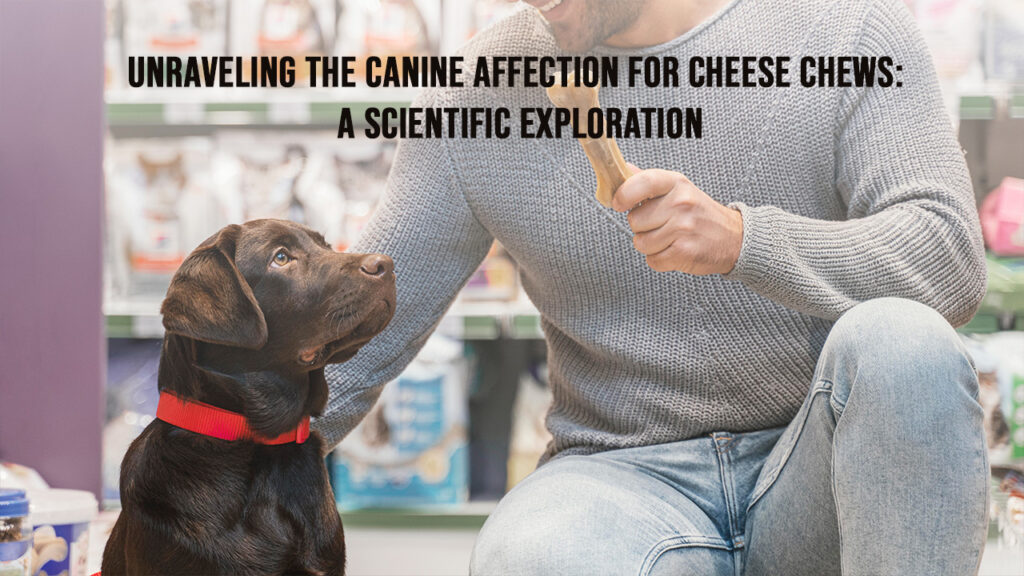

Unraveling the Canine Affection for Cheese Chews: A Scientific Exploration
- Pima Pet
- August 20, 2023
- 8:04 am
- No Comments
Why Dogs Can’t Get Enough of Cheese Chews
As dog owners, we’ve all witnessed the sheer delight our furry companions express when presented with a delectable cheese chew. But have you ever wondered why these four-legged friends are so head over paws for this dairy delight? Let’s delve into the science behind their unwavering love for cheese chews.
The Aromatic Allure: A Sensory Sensation
Dogs possess an extraordinary sense of smell, with receptors that surpass human capabilities by leaps and bounds. When it comes to cheese chews, the distinct aroma that wafts from these treats triggers a symphony of sensory receptors, igniting a sensation akin to euphoria. This aromatic allure stems from the presence of compounds such as butyric acid, which dogs find irresistible.
Canine Olfactory Marvel: Dogs boast approximately 300 million olfactory receptors, allowing them to detect even the faintest scents.
Butyric Bliss: Butyric acid, a compound responsible for the unique smell of cheese, is a key player in captivating canine attention.
Palatability and Palate Pleasure
Just like us, dogs have taste preferences, and cheese chews seem to hit the mark in terms of their palate preferences. The combination of umami, creamy texture, and a hint of saltiness creates a taste profile that resonates well with the canine taste buds.
Umami Temptation: Umami, often referred to as the “fifth taste,” is abundant in cheese and contributes to its irresistible flavor.
Texture Tease: The chewy yet yielding texture of cheese chews provides dogs with a satisfying chewing experience.
Brain-Boosting Bliss: Neurological Pathways at Play
Behind every bite of a cheese chew lies a complex interaction within the canine brain. The consumption of cheese triggers the release of dopamine, the “feel-good” neurotransmitter, leading to a sense of happiness and contentment in dogs. This neurological reward system reinforces the association between cheese chews and positive emotions.
Dopamine Delight: Dopamine release creates a sense of pleasure and encourages dogs to seek out cheese chews repeatedly.
Emotional Bonding: The neurological response contributes to strengthening the bond between dogs and their human companions.
Unveiling the Enigma
In the end, the science behind dogs’ affinity for cheese chews combines their heightened sense of smell, delectable taste preferences, and the neurological pleasure pathways that are ignited with every nibble. So, the next time you see your furry friend savoring a cheese chew, you’ll understand that there’s a lot more to it than meets the eye—or the taste buds.


